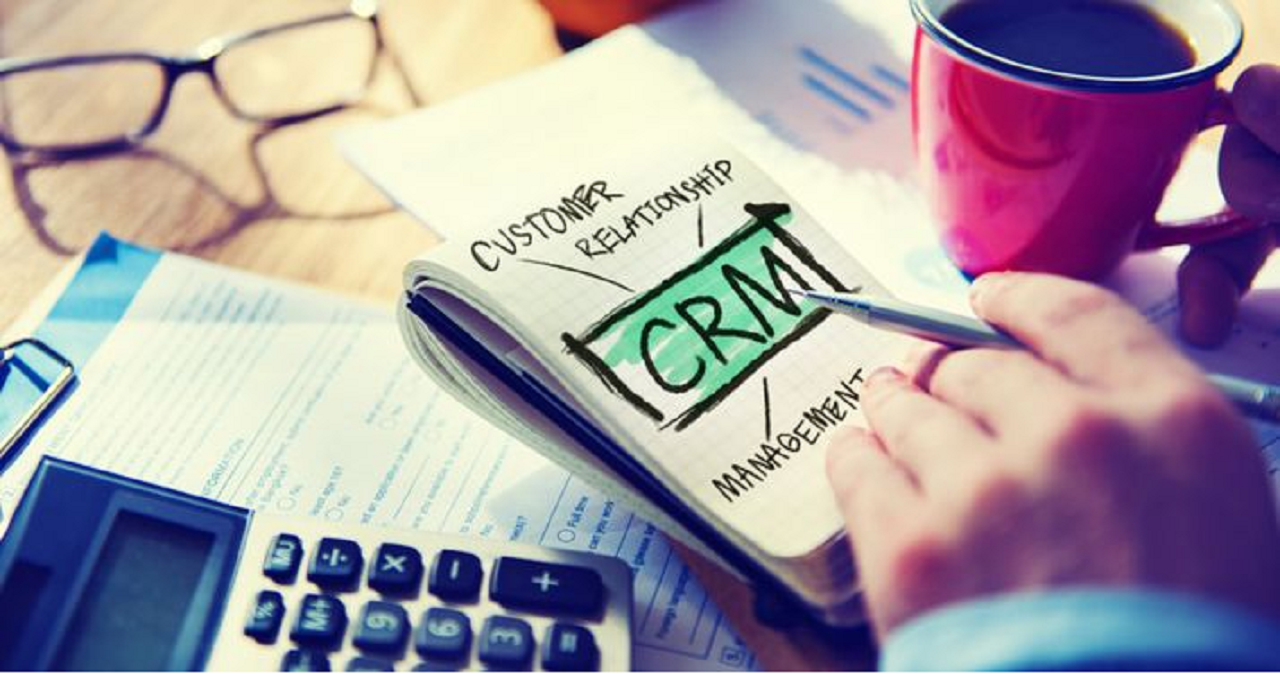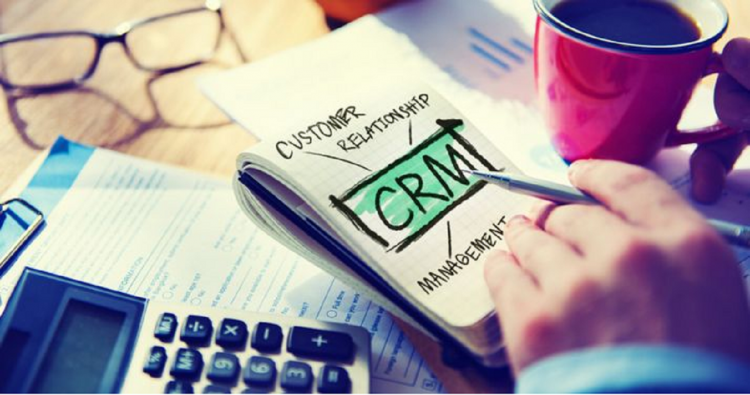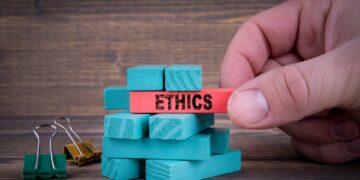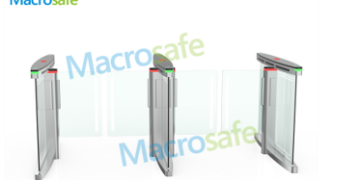The customer life cycle describes the course of the business relationship between you and your customers – from the first to the last contact. As part of Customer Relationship Management (CRM), make the individual customer life cycle phases more tangible to increase customer satisfaction and commitment in the long term.

What is the Customer Life Cycle?
The Customer Life Cycle (CLC) is a concept that understands the customer relationship as a long-term, continuous process. Customers go through different phases, from the first contact to the moment when the business relationship is finally ended.
During the customer life cycle, every contact between the customer or customer is classified as a trigger for further interaction and purchase processes.
The customer life cycle plays an important role in the so-called CRM (Customer Relationship Management). Here, a detailed look at the individual phases of circulation helps to optimize customer loyalty and satisfaction in the long term. In addition, the knowledge gained can be used for targeted retargeting or used to acquire new customers.
Sometimes customers can be recovered after the end of business relationships, and the Customer Life Cycle begins again.
Tip
Are you looking for a suitable hosting environment for your business software? Rent a cloud server and benefit from numerous advantages such as the highest security standards, free SSL/TLS certificate, and your own mailbox with 2 gigabytes of storage space.
See Also: How To Perform A Successful Cloud Migration
Customer life cycle: What phases are there?
The Customer Life Cycle consists of different phases. However, there is no uniform definition here, which is why there are different models that show between three and six phases. We present a cycle with six phases.
A Notice
Regardless of the underlying model, the following applies to the phases of the customer life cycle: Not every user inevitably has to go through every phase. These are only sample templates that are specifically adapted to the observed behavior of the individuals.
Phase 1: Consciousness / Awareness
During the first phase, they are dealing with potential customers. These inform themselves about certain products, compare providers, offers, or models, and rethink or postpone the decision about the purchase in case of doubt.
Here it is important to draw the customer’s attention to the customer through classic marketing measures, for example:
- Search engine optimization
- Advertisements
- Affiliate programs
- Competitions
Phase 2: Trust / Acquisition
With a stylish design, high-quality product images and descriptions, and especially in personalized dialogue, you finally gain the trust of consumers. The presentation of trustworthy ratings from other customers or certification bodies also helps to convince potential customers.
If all questions about data protection, order, and delivery process are also answered and the desired payment method is available, the chances of buying are good. Register the bounce rate or the moment regularly to find out in which areas you can improve your website.
Tip
Do you want to collect huge amounts of data from your customers and use it for digital marketing purposes? Use the possibilities of a data management platform!
Phase 3: Purchase/Conversion
The most crucial phase of the customer life cycle follows: the user buys a product or perceives a service and thus also becomes the customer or customer officially. It is important that the entire process of this conversion runs as smoothly as possible.
After you have already convinced the newly won customer that you are a trustworthy partner, it is also important to justify this trust. Specifically, this means that you, for example, meet all promises to the condition and delivery of the goods or communicate any complications appropriately. Thank you for the trust you have placed in them and grant space for feedback and complaints as well as service measures.
Phase 4: binding/retention
While the previous measures are very typical and frequently applied, the actual focus of Customer Relationship Management is now followed. In the existing customer phase, you can cut out your competitors through individuality and creativity and ensure a particularly long-lasting customer life cycle. Provide your appreciation, for example by:
- Bonus systems/bonuses
- Competitions/raffles
- Vouchers/gifts
- Special offers/discounts
- Special conditions such as B. shortened delivery duration
Also, find the dialogue for your loyal buyers by regularly checking satisfaction and incorporating expressed requests for improvement in your online business. Also, respond to statements from your customers on social networks such as Facebook or Twitter.
If you ignore your followers and use the platform solely for marketing purposes, this quickly has a negative impact on your reputation. For many companies, social media channels are increasingly representing the first support reference point due to their easy accessibility.
Tip
Also off the social networks, you can inform your new customers about what you have to offer you about the previous purchase: Use professional email marketing software to present news or interesting products in personalized newsletters.
Phase 5: Loyalty / Loyalty
If your customers are satisfied with your offer and the services offered, this increases the chance of further purchases. On the other hand, the existing customer becomes an ambassador for your brand in the long term.
In the best case, loyalty is not only reflected in regular purchases but also in the fact that a customer recommends her products and services on her own. Among other things, this recommendation marketing will help you to strengthen your credibility and to convince potential new customers faster.
Phase 6: Reciprocation / Re-Engagement
If customers have not made any purchase over a longer period of time, they are considered lost or former buyers. Of course, it is your endeavor to reactivate lost customers. Try to persuade you to re-enter by telephone or email. Make this, insofar as possible, on special conditions such as a long-term discount model, free shipping, or lower fees to create an additional incentive.
The Role of Marketing Automation in the Customer Life Cycle
Incorporating the customer life cycle into your marketing and sales processes is crucial. However, managing the customer journey meticulously and satisfactorily can be daunting, especially when dealing with a large customer base.
To address this challenge effectively, consider leveraging the power of business automation tools. These tools can streamline and optimize your customer interactions, ensuring a seamless and personalized experience throughout their journey with your business.
In this case, the solution is to automate the various work steps and processes using marketing automation tools. Such programs help to collect and analyze the information on one hand.
On the other hand, Marketing Automation aims to make customer addressing and marketing part of the Customer Life Cycles as individually as possible even when the customer base is growing.
For the company, the use of such solutions means an increased effort at the beginning – as soon as the basic guidelines are defined, they save a lot of time and money thanks to the high level of automation.
Customer life cycle and CRM: The perfect symbiosis
The observation and constant optimization of the Customer Life Cycles is an elementary pillar of customer relationship management (CRM), i.e. customer relationship management. This discipline deals intensively with how companies can improve and intensify interaction with customers through various channels.
It is therefore not surprising that CRM tools also offer the right features to optimize the customer life cycle. Among other things, a professional CRM tool helps to achieve the following goals:
- An optimal adjustment of the customer life cycles to customer expectations
- Extensive automation of personalized customer communication
- The best possible exploitation of the points of contact in the individual customer life cycle phases
A notice
CRM systems and marketing automation software are among the so-called Martech tools (for Marketing Technology).
The integration of the customer life cycle with a CRM platform offers significant benefits for small businesses. It allows you to centralize and store all customer information and insights in one place.
This not only facilitates seamless collaboration between different departments like marketing, sales, and customer service but also provides a comprehensive overview of your customers, aiding in better customer relationship management. Embrace this powerful small business tool to enhance efficiency and customer satisfaction.
Tip
Do you want to venture into e-commerce, customer relationship management, and Co.? Create your own online shop today to offer your goods on the World Wide Web. Thanks to suitable cloud apps, install open source CRM like Suitecrm or ZAMMO with just one click!
Conclusion
If you deal intensively with the Customer Life Cycle of your customers, you will get an optimal overview of how your brand is perceived.
Through the targeted observation of the individual customers-especially in combination with CRM-you can raise your marketing measures to the next stage. They also gain valuable insights to improve the interaction with users in the long term and to convince potentially interested parties even faster.






























